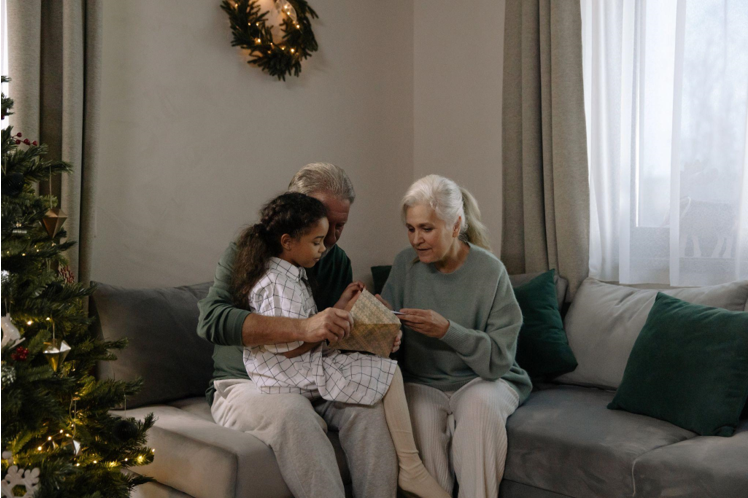What is the Therapeutic Value of a Fake Christmas Tree?
The holiday season can bring joy, but it can also bring stress. For some individuals, finding the perfect Christmas tree can be daunting. However, fake Christmas trees have been discovered to have a therapeutic value for individuals who suffer from anxiety or depression during the holiday season.
One of the benefits of a fake Christmas tree is that it eliminates the stress of finding and purchasing a real tree. Individuals who utilize a phony tree can save time and money compared to those who purchase a live tree yearly. For individuals with anxiety, the lack of pressure to find the perfect tree can significantly reduce stress.
Utilizing a fake Fraser fir tree also eliminates the risk of allergic reactions to real trees. For individuals with allergies, the holiday season can be a challenging time of year. Using a fake tree can help alleviate allergy symptoms and ensure everyone can enjoy the festivities.
How Can CBT, DBT, and Mindfulness Improve Your Holiday Experience?
In addition to utilizing a fake Christmas tree, individuals can use therapy techniques such as Cognitive Behavioral Therapy (CBT), Dialectical Behavioral Therapy (DBT), and mindfulness to improve their holiday experience.
CBT focuses on the idea that our thoughts, feelings, and behaviors are interconnected. Individuals can reduce stress and anxiety during the holidays by recognizing negative thought patterns and learning to reframe them. For example, instead of focusing on the negative aspects of the holiday season (such as crowded malls or family conflicts), individuals can concentrate on the positive aspects (such as spending time with loved ones or trying out new recipes).
DBT focuses on developing skills in four main areas: mindfulness, emotion regulation, distress tolerance, and interpersonal effectiveness. By practicing mindfulness during the holiday season, individuals can stay present in the moment and reduce stress. Emotion regulation can help individuals manage difficult emotions during the holiday season. Distress tolerance can help individuals tolerate the stress of the holiday season, while interpersonal effectiveness can help individuals navigate family dynamics.
Mindfulness involves paying attention to the present moment in a non-judgmental way. Individuals can reduce anxiety and stress by practicing mindfulness during the holiday season. Mindfulness techniques such as deep breathing or progressive muscle relaxation can alleviate anxiety.
In conclusion, utilizing a fake Christmas tree, along with therapy techniques such as CBT, DBT, and mindfulness, can help individuals enjoy the holiday season without succumbing to stress and anxiety. By focusing on the positive aspects of the holiday season and developing coping skills, individuals can create a holiday experience that is enjoyable, relaxing, and stress-free.

